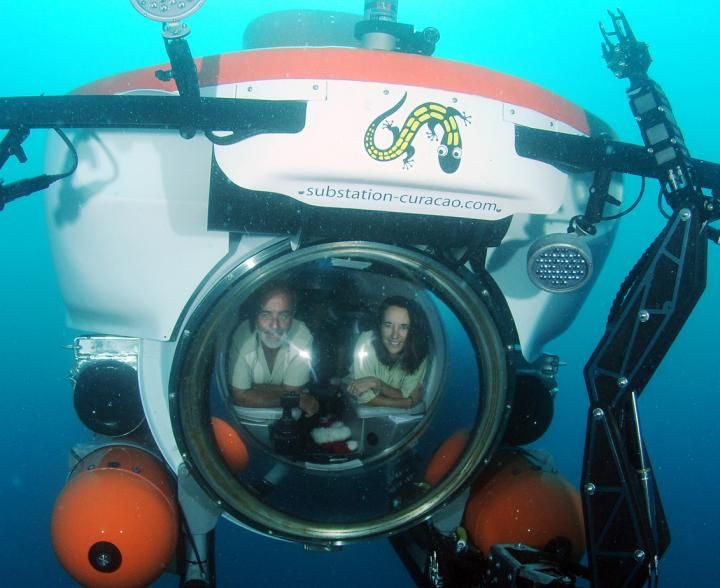New Mysterious Ocean ‘Twilight Zone’ Home To Previously Unknown Sea Creatures

Scientists have discovered a new and mysterious area deep in the ocean, which is home to numerous never-before-seen sea creatures. This new “twilight zone” in the depths of the ocean is located within a Caribbean reef system in Curaçao and has been named the rariphotic zone by researchers.
The rariphotic zone lies around 400 feet to 1,000 feet underwater, below a previously defined reef zone called the mesophotic. Researchers are still uncertain about whether such deep reef ecosystems could also become a safe haven for shallow-water organisms.
"It's estimated that 95 percent of the livable space on our planet is in the ocean," Carole Baldwin, curator of fishes at the Smithsonian's National Museum of Natural History and lead author of the new study, said in a statement.
"Yet only a fraction of that space has been explored. That's understandable for areas that are thousands of miles offshore and miles deep. But tropical deep reefs are just below popular, highly studied shallow reefs--essentially our own back yards,” added Baldwin, who also serves as the director of the Smithsonian's Deep Reef Observation Project (DROP). “And tropical deep reefs are not barren landscapes on the deep ocean floor: they are highly diverse ecosystems that warrant further study. We hope that by naming the deep-reef rariphotic zone, we'll draw attention to the need to continue to explore deep reefs."
The rariphotic zone was discovered using a manned submarine. The researchers conducted around 80 submersible dives to around 1,000 feet below the surface. During these dives, researchers observed around 45,000 fishes they say belong to over 70 species. They were also able to discover 30 new species of organisms within an area of just 200 square meters.
"About one in every five fish we're finding in the rariphotic of the Caribbean is a new species," said D. Ross Robertson, marine biologist at STRI and a co-author of the study. "So far, my favorite is Haptoclinus dropi.”

Researchers also discovered many reef fishes that normally live in shallow water have almost double the depth range than previously thought. In other words, shallow-water creatures are likely able to swim much farther into the depths of the ocean that previously assumed. Scientists also uncovered most of the fishes in the rariphotic zone look similar to shallow-water reef fishes. Most of these rariphotic zone fishes were also found to be related to shallow reef fishes, instead of being related to deep-ocean fishes.
"Reef ecosystems just below the mesophotic are globally underexplored, and the conventional view based on the few studies that mention them was that mesophotic ecosystems transition directly into those of the deep sea," Baldwin said. "Our study reveals a previously unrecognized zone comprising reef vs. deep-sea fishes that links mesophotic and deep-sea ecosystems."
The findings of the new research have been published in the journal Scientific Reports.
© Copyright IBTimes 2024. All rights reserved.





















